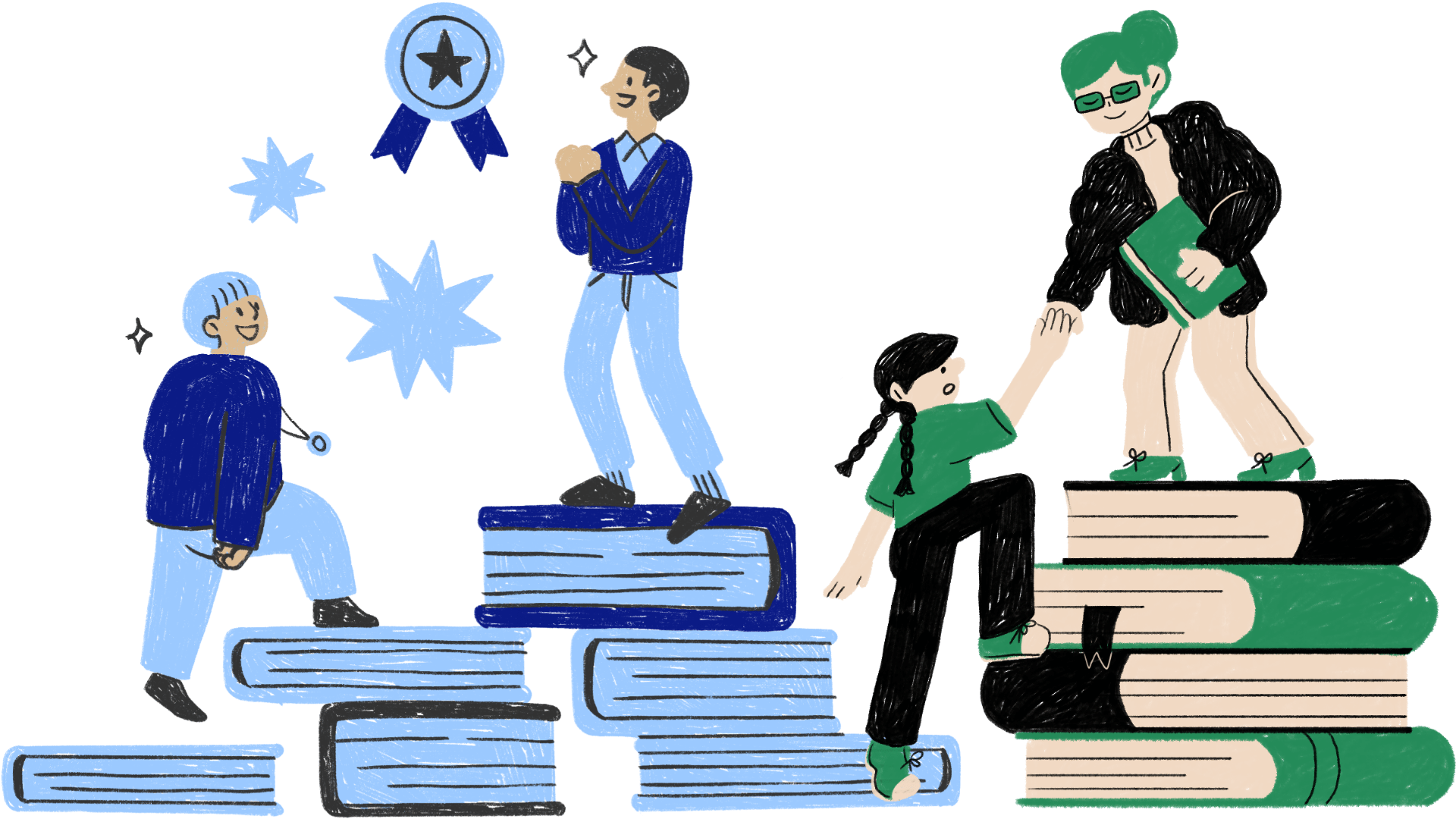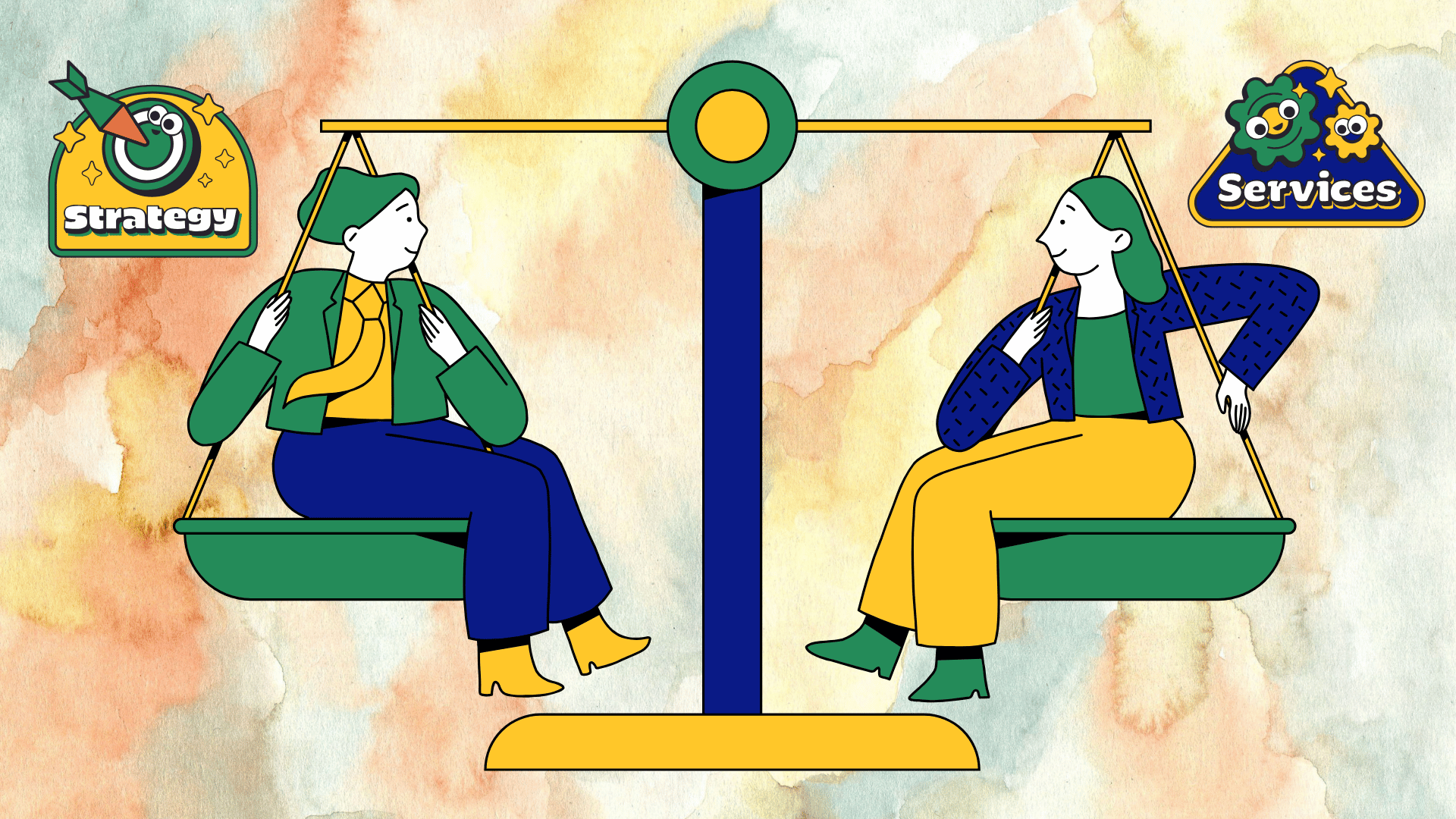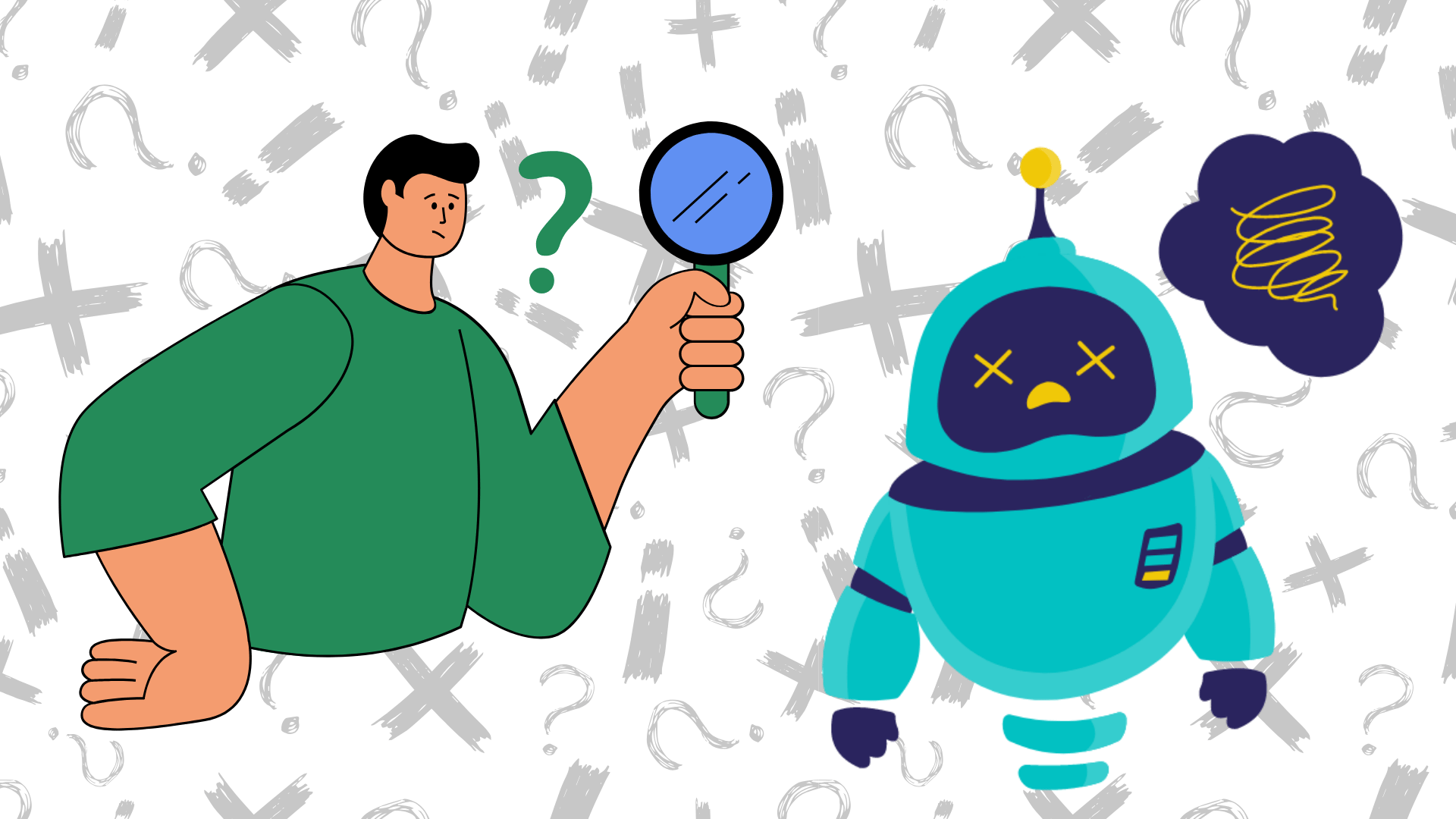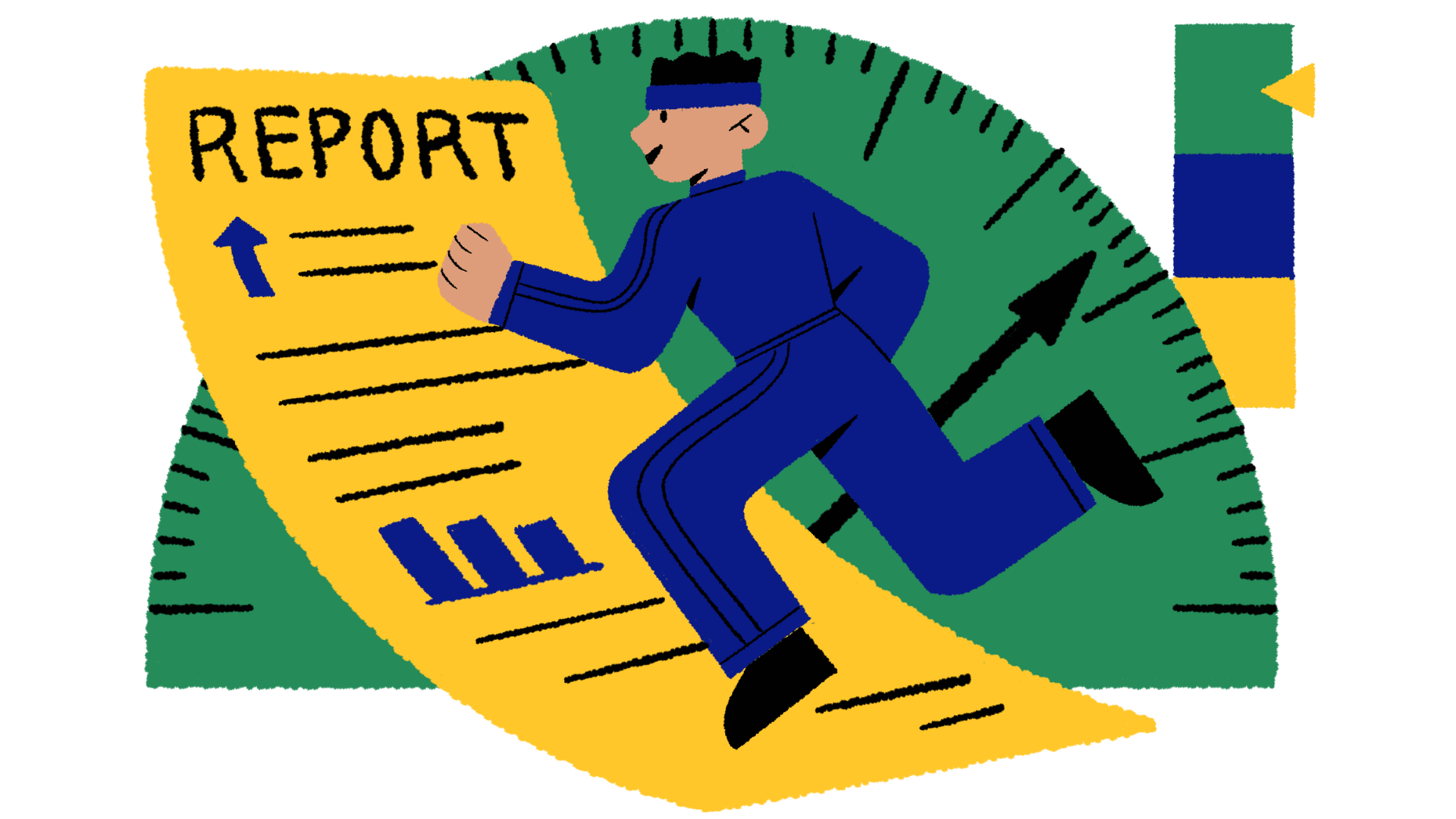Last year, I watched a senior QE analyst struggle with a new AI-powered testing framework. Despite nine years of solid experience, he was hesitant to experiment, worried about making mistakes in front of his team. Six months later, that same analyst became our go-to person for AI test automation. What changed? Not just his technical skill, but also the work environment that fostered learning.
We’re living through a moment where technology moves faster than our ability to hire for it. Yet most organizations still approach learning like it’s 2010: formal training programs, annual reviews, and the assumption that people either “get it” or they don’t. Meanwhile, the companies pulling ahead are the ones that cracked a different code entirely.
The Uncomfortable Truth About Expertise
Here’s what nobody talks about in those shiny AI transformation presentations: Even your best Quality Engineering people are probably scared about their reputation which they had earlier built on knowing every corner of Selenium. They’re watching AI tools automate test case generation and wondering if their expertise still matters. The test architect who’s designed automation frameworks for years are quietly concerned that their knowledge and expertise feels suddenly obsolete.
This fear isn’t weakness, it’s absolutely human. And this is exactly where transformation begins.
The organizations I’ve seen navigate this successfully don’t start with technology rollouts or mandatory training modules. They start by acknowledging that learning in the AI era feels different. It’s messier, more frequent and requires a level of intellectual vulnerability that most workplace cultures simply don’t support.
Building Learning Into the DNA
Walk into any thriving tech company today and you’ll notice something subtle: people aren’t afraid to say “I don’t know.” More importantly, they’re not afraid to figure it out in front of their colleagues.
This didn’t happen by accident. These cultures were deliberately architected around a few core principles that most organizations miss:
Curiosity Gets Rewarded, Not Just Results
In traditional environments, the person who delivers the test plan on time gets recognized. In learning-forward cultures, the person who experiments with a new AI testing approach—even if it initially slows them down, gets equal recognition.
I’ve seen teams implement “learning demos” where someone shares what they tried, what failed and what they discovered in the process. No polished presentations, no guaranteed outcomes. Just honest exploration that becomes shared knowledge.
Failure Becomes Data
The QE professional exploring AI-driven testing doesn’t need to get it right immediately. They need the support to treat each attempt as valuable information. When someone’s experiment with automated visual testing doesn’t work as expected, that becomes team knowledge about what approaches to avoid or modify.
The shift is subtle but powerful: from “Did you succeed?” to “What did you learn?”
Learning Time Isn’t Bonus Time
This might be the most critical piece. Learning can’t be something people squeeze into evenings and weekends. Organizations that expect continuous learning while maintaining the same delivery timelines are essentially asking people to work two jobs.
The companies getting this right build learning directly into job expectations. Sprint planning should include time for skill development. Career advancement explicitly rewards demonstrated learning agility, not just domain and technical expertise.
The Manager’s Hidden Superpower
Here’s where most transformation efforts fall apart: they focus on individual motivation while ignoring the daily environment that shapes behavior. A QE professional might be genuinely excited about learning AI testing techniques, but if their manager consistently pulls them into urgent firefighting sessions, that enthusiasm dies quickly.
The managers who successfully guide teams through technological shifts understand they’re not just managing work—they’re managing learning conditions.
They Model Uncertainty
The most effective technical managers I know regularly admit what they don’t understand about emerging AI tools. They ask their team members to explain concepts. They share articles they’re reading to figure things out. This isn’t weakness, it’s leadership that makes learning feel normal rather than remedial.
They Protect Learning Experiments
When someone on the team wants to explore a new AI-driven approach to test data management, these managers shield them from the inevitable pressure to “just use what works.” They understand that innovation requires temporary inefficiency.
They Connect Learning to Impact
Abstract learning rarely sticks. But when managers help team members see how mastering AI testing tools directly improves their ability to deliver quality products faster, learning becomes immediately relevant.
The Economics of Intellectual Investment
Let’s address the elephant in the room: this approach requires resources. Time spent learning is time not spent delivering immediate results. For organizations operating with tight margins and aggressive timelines, this can feel like an unaffordable luxury.
But consider the alternative costs. External hiring for AI-skilled QE professionals currently commands 30-40% salary premiums. The time to find and onboard these specialists stretches months. Meanwhile, your existing team, who already understands your business context, your systems and your quality standards could develop these same capabilities with focused investment.
More importantly, the people who grow their skills within your organization become your institutional knowledge carriers. They don’t just bring AI testing capabilities, they bring AI testing capabilities that fit your specific environment and challenges.
Practical Architecture for Continuous Learning
Creating a learning culture isn’t about implementing another program. It’s about changing the small, daily decisions that either support or undermine intellectual growth.
Start With Adjacent Exploration
The QE professional who’s mastered traditional automation doesn’t need to immediately jump into deep learning models. They can start by exploring how AI tools enhance their existing test case design process. Each step builds confidence while maintaining connection to familiar territory.
Create Learning Partnerships
Pair your experienced QE professionals with team members who have complementary AI knowledge. Not formal mentoring relationships, but working partnerships where learning flows both directions. The AI-curious analyst learns technical implementation while the AI-experienced developer learns domain-specific testing challenges.
Make Learning Visible
When someone on your team successfully implements an AI-driven approach to regression testing, that knowledge needs to spread. Not through formal documentation that nobody reads, but through organic sharing that makes learning feel valuable and achievable.
The Compound Effect
Organizations that successfully build continuous learning cultures don’t just get better at adopting new technologies. They develop a competitive advantage that’s nearly impossible to replicate: a workforce that adapts faster than market changes.
Your QE team that’s comfortable exploring AI testing tools today will be the team that naturally evolves with whatever emerges next. They won’t need extensive retraining programs or external hiring surges. They’ll simply continue learning, because that’s how they’ve learned to work.
This isn’t just about preparing for AI. It’s about building organizational resilience in a world where technological change is the only constant.
The companies that figure this out, that make learning feel as natural as delivering code, won’t just survive the AI transformation. They’ll shape it.







